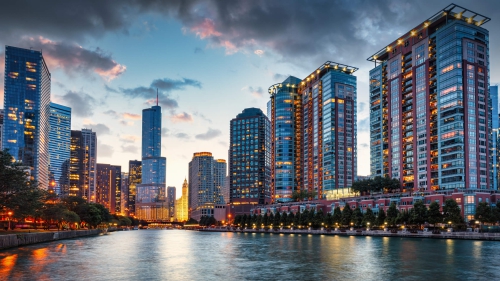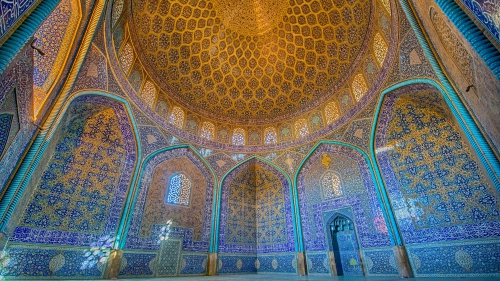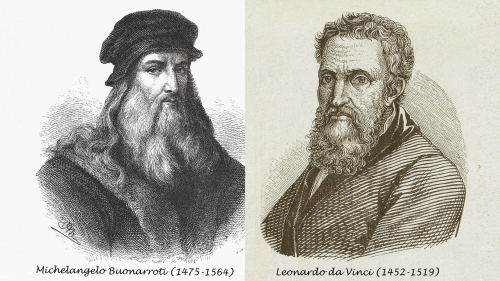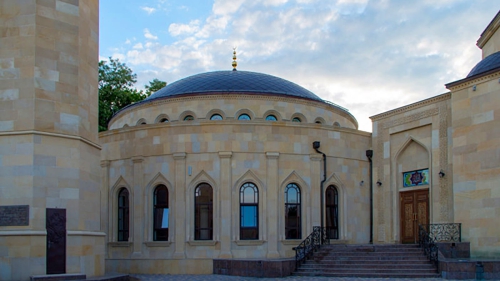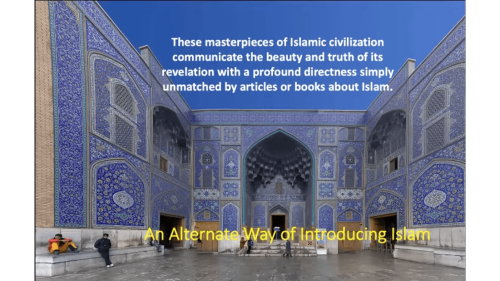Following Religion vs. Inventing Civilization: Implications for Islamic Architecture
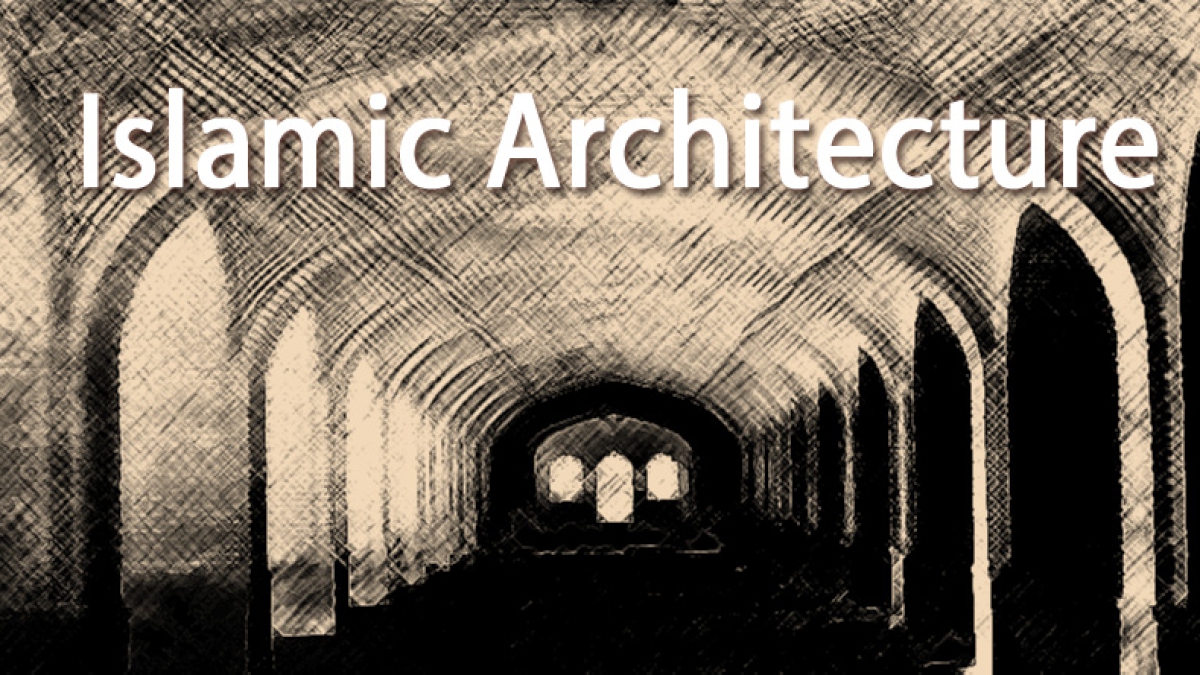
It was a mentality of duly applying the precept of following the religion of Islam and inventing civilization that caused Muslims to know no limits or constraints when it came to originality and creativity while inventing and using the legitimate matters of culture and civilization, with architecture being their integral part. However, when it came to religion: its permanent belief system, standard practices and the body of spiritual values and principles, there was no room whatsoever for any slightest compromise or disregard in relation to their proper interpretation and application. There was no room at all for inventing in religion because Islam had been perfected by Allah, so doing anything like that would have implied opposition to the authority of Allah and His will. Allah says on this: "... This day have I perfected for you your religion and completed My favor on you and chosen for you Islam as a religion." (al-Tawbah, 9:3).
The Prophet (pbuh) said that there is nothing that brings people closer to the bliss of Paradise (Jannah) and keeps them away from Hellfire but that he did not inform and teach them about. There will never be a need for any religious addition or invention.
 |
| An imaginary initial simple form of Prophet Muhammad's Mosque. Courtesy of the Hadarah Tayyibah Exhibition held in Madinah in 2010-2012. |
The Prophet (pbuh) also said that whatever Allah has made lawful in His Book (the Qur'an), it is lawful (halal), and whatever He prohibited, it is prohibited (haram). However, whatever Allah did not refer to as either lawful or prohibited, such is to be regarded as a gift or a sign of Allah's clemency ('afiyah) towards men. "So, accept Allah's 'afiyah because it is not that Allah ever forgets or overlooks anything", was the Prophet's remark.
Following without inventing in religion, as well as inventing in sheer worldly matters, which from time to time was ingeniously combined with borrowing from others, was the Muslim rule of the early days of Islam and its eclectic civilization. Indeed, this was a sign of Muslim devotion, dynamism, progress, enlightenment and maturity. It was a sign of their strength and the strength and wealth of their civilization. Hence, it stands to reason that the opposite of this rule, i.e., blindly following others and borrowing from them in worldly matters, together with irresponsibly inventing in religious matters, which is exactly the opposite of what Islam and the Prophet (pbuh) called for, was one of the reasons for the Muslim subsequent decline, and signifies a major reason behind the inability of today's Muslims to pick themselves up, make their voice heard and start making a notable civilizational headway.
Since Islamic architecture is a synthesis of the permanent spiritual disposition of Islam and the relative exigencies of the corporeal world, it had to demonstrate carefully the Islamic ways of dealing with things and issues brought about by the assertion of Islam on the world stage. It had to synthesize the two poles of existence, that is, the permanent and the transient, while honoring and clearly delineating their respective domains and, at the same time, emphasizing the scope and areas of their mutual reliance and cooperation. This made the total identity of Islamic architecture appear to have been progressing very slowly which, however, is not to be viewed as a deficiency. Islamic architecture was progressing steadily and confidently, whether slowly or rapidly such was of no significance. It had to rise to the challenges posed by the Muslim tasks of the internationalization of the Islamic call, out-and-out Islamization, integration and co-existence with other cultural and civilizational systems. In the process, the purity, appeal and pragmatism of Islam, which Islamic architecture duly exemplifies, had to be preserved at all costs. Any deviational tendency, be it from within or without, at either the conceptual or the technical plane, and at the hands of patrons, engineers, builders or users, had to be unreservedly tackled and completely weeded out. That was a matter reminiscent of safeguarding Islam and the wellbeing of the Muslim community by means of safeguarding the meaning, significance and roles of genuine Islamic architecture on account of architecture denoting a physical locus of human existence. In the context of Islam and Muslims, moreover, architecture not only frames or encloses human life activities, but also facilitates, fosters and stimulates the 'ibadah (worship) activities of Muslims which, in turn, account for every moment of their terrestrial lives and for which man, after all, has been created.
Thus, when the Prophet (pbuh) died, the people were very reluctant to introduce any changes to the ways and means of building he had
 |
| An imaginary form of Prophet Muhammad's Mosque after caliph 'Umar b. al-Khattab's extension. Courtesy of the Hadarah Tayyibah Exhibition held in Madinah in 2010-2012. |
practiced and authorized, even though some changes soon became unavoidable and legitimate. The people were happy to meticulously follow in the footsteps of the Prophet (pbuh) even in such matters as were not related to the prescribed worship rituals and practices. Doing so was the best guarantee that they were and would remain on the right path and that no chance would be given to the proponents of forbidden religious innovations (bid'ah) to find a fertile ground and thrive.
To illustrate our point, a couple of examples will be given.
After the Prophet's death, the first who rebuilt and significantly enlarged the Prophet's Mosque in Madinah was the second caliph 'Umar b. al-Khattab. He did so because, originally, for building the Mosque some ephemeral building materials were used which soon started rendering the Mosque in need of constant repair. Furthermore, the number of worshippers increased to the point where the Mosque could not accommodate them all. Still, caliph 'Umar was reluctant to rebuild and enlarge the Mosque. He did not want to impinge on the traces of the Prophet's simple lifestyle that served as a source of inspiration and guidance to all. When he eventually enlarged the Mosque, caliph 'Umar in a rather apologetic tone declared that if he had not heard the Prophet (pbuh) saying -- perhaps shortly before passing away -- that the Mosque should be enlarged, he would not have done what he did.
When the Mosque was rebuilt and enlarged, it, on the whole, followed the building traditions introduced and practiced by the Prophet (pbuh). The new walls were built with mud bricks, the roof with date-palm leafs, and the columns were date-palm trunks. When completed, the length of the Mosque was about 140 cubits (one cubit is about 50 cm) and its width about 120 cubits. The roof was about 11 cubits high, a notable departure from the height of the roof in the Prophet's time, which is said to have been about seven cubits lower. Certainly, in view of the number of worshippers, as well as of the arresting role that the Mosque was playing, a number of visual, acoustic and aeration factors necessitated the elevating of the roofed area.
Only a section of the Mosque was roofed, that is, about four porticos on the qiblah direction, one more than during the Prophet's time. If each portico had six or so pillars before, now after having been extended 20 cubits (about 10 meters) one portico must have had at least two pillars or more extra. The rooftop was coated with mud so as to prevent rain from dripping onto the ground. The foundations were made of stone to a depth of 1.75 meters. The ground of the Mosque was covered with gravel brought from the valley of al-'Aqiq. Caliph ''Umar also introduced the use of big chandeliers and the use of incense in the Mosque every Friday. Six gates were erected on the walls of the Mosque, i.e., three gates were added. (Abbas Hamid, Story of the Great Expansion, p. 227)
 |
| An imaginary form of Prophet Muhammad's Mosque after caliph 'Uthman b. al-'Affan's extension. Courtesy of the Hadarah Tayyibah Exhibition held in Madinah in 2010-2012. |
After 'Umar, 'Uthman b. 'Affan became caliph. He too decided to rebuild and enlarge the Prophet's Mosque in Madinah. He did so for much the same reasons as before, i.e., the fast decay of the ephemeral building materials used, as well as sharp increase in the number of worshippers. However, caliph 'Uthman decided to introduce some new building materials and apply somewhat a new building technology hitherto uncommon in mosque architecture, which, however, was not welcomed by everybody. Before proceeding with the job, 'Uthman consulted the people, some of whom had their misgivings about changing the Mosque's rudimentary structure. The arguments of those who amicably opposed 'Uthman's plan were based on conviction that the Mosque ought to be either left as it is or be subjected to no more than some unavoidable renovation work, which was the practice of the first two caliphs, and to retain its simple and unpretentious original look.
Caliph 'Uthman, on the other hand, contended that the existing Mosque's structure outlived its usefulness. It was prone to fast deterioration, so he wanted to tear it down and erect a new solid, durable and comfortable structure in order that the activities customarily carried out therein could be executed in a smoother manner and without much obstruction or disturbance by some environmental elements. To build the Mosque in the same way as his predecessors had done -- 'Uthman must have reasoned -- would have meant that his successors, too, would not be spared spending much of their priceless time and limited resources on meeting the effects of the susceptibility of the Mosque's fabric to fast decay and ruin. In addition, 'Uthman was determined to improve the physical condition of the mosque also because the state treasury was like never before filled with the riches amassed from the ongoing conquests. Everyone acquired some legitimate wealth in one form or another. As a result, many Muslims soon started building houses with hitherto unthinkable designs and sizes. The people also enjoyed good attire, good food and good entertainment within the religious confines. Accordingly, it appeared unfair to the Muslim leadership that the Prophet's Mosque situated in the heart of the capital of the flourishing state was left lagging behind in mirroring Allah's abundant boons and blessings bestowed on the Islamic community which, however, many other life aspects unselfishly did.
To reconstruct the Prophet's Mosque as proposed by caliph 'Uthman eventually became a decision to which everybody consented. The Mosque was enlarged considerably: it was 160 cubits long and 150 cubits wide. Its walls were built with incised stone and plaster; so were the columns. The roofing was extended and elaborated with teakwood. The whole enterprise lasted approximately ten months.
*****
This article is an excerpt from the author's recent book "Islamic Architecture: Its Philosophy, Spiritual Significance and Some Early Developments"
Dr. Spahic Omer, a Bosnian currently residing in Malaysia, is an Associate Professor at the Kulliyyah of Architecture and Environmental Design, International Islamic University Malaysia. He studied in Bosnia, Egypt and Malaysia. His research interests cover Islamic history, culture and civilization, as well as the history and philosophy of the Islamic built environment. He can be reached at spahico yahoo.com; his blog is at www.medinanet.org.
Topics: Islamic Art And Architecture, Rightly Guided Caliphs, Uthman (Ibn Affan)
Views: 5826
Related Suggestions








